When you think of sloths, you probably picture them hanging lazily from trees, munching on leaves, and moving at a snail’s pace. Capybaras, on the other hand, are the world’s largest rodents, often seen lounging by water bodies or chilling with other animals. But here’s a question that might have crossed your mind: Do sloths eat capybaras?
Let’s dive into this fascinating topic and uncover the truth about these two iconic South American animals. Spoiler alert: it’s not what you might expect!
What Do Sloths Actually Eat?
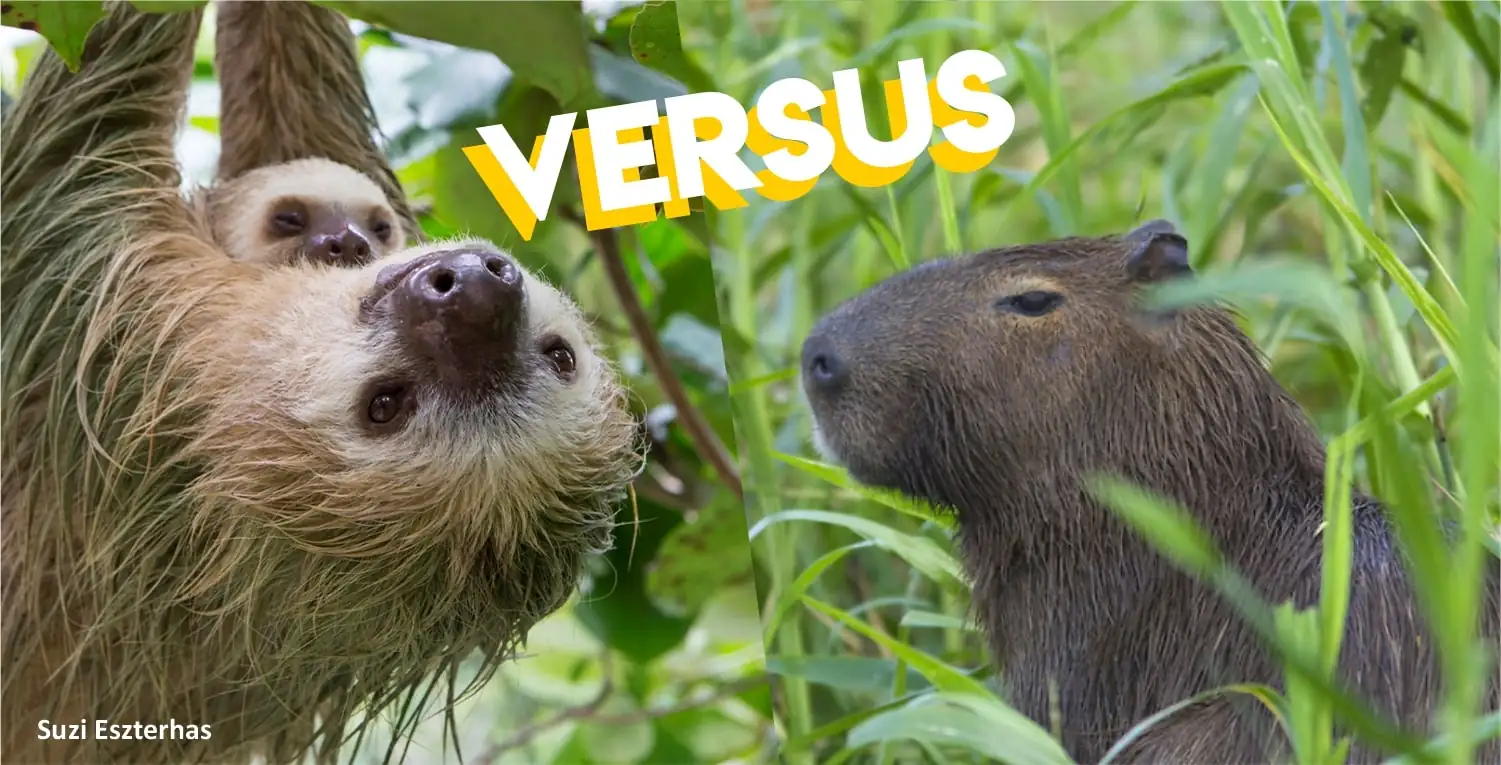
Before we answer whether sloths eat capybaras, let’s talk about what sloths do eat. Sloths are strict herbivores, meaning they survive on a diet of leaves, twigs, and fruits. Their slow metabolism is perfectly adapted to digesting tough cellulose found in leaves, which isn’t exactly a high-energy diet.
- Leaves: The primary food source for sloths, especially three-fingered sloths, which are almost exclusively folivorous.
- Fruits and Flowers: Occasionally, sloths snack on fruits and flowers when available.
- Bark and Twigs: During dry seasons, they might nibble on tree bark for moisture and nutrients.
Given this diet, it’s clear that sloths aren’t built to hunt or consume meat, let alone a large animal like a capybara.
What About Capybaras?
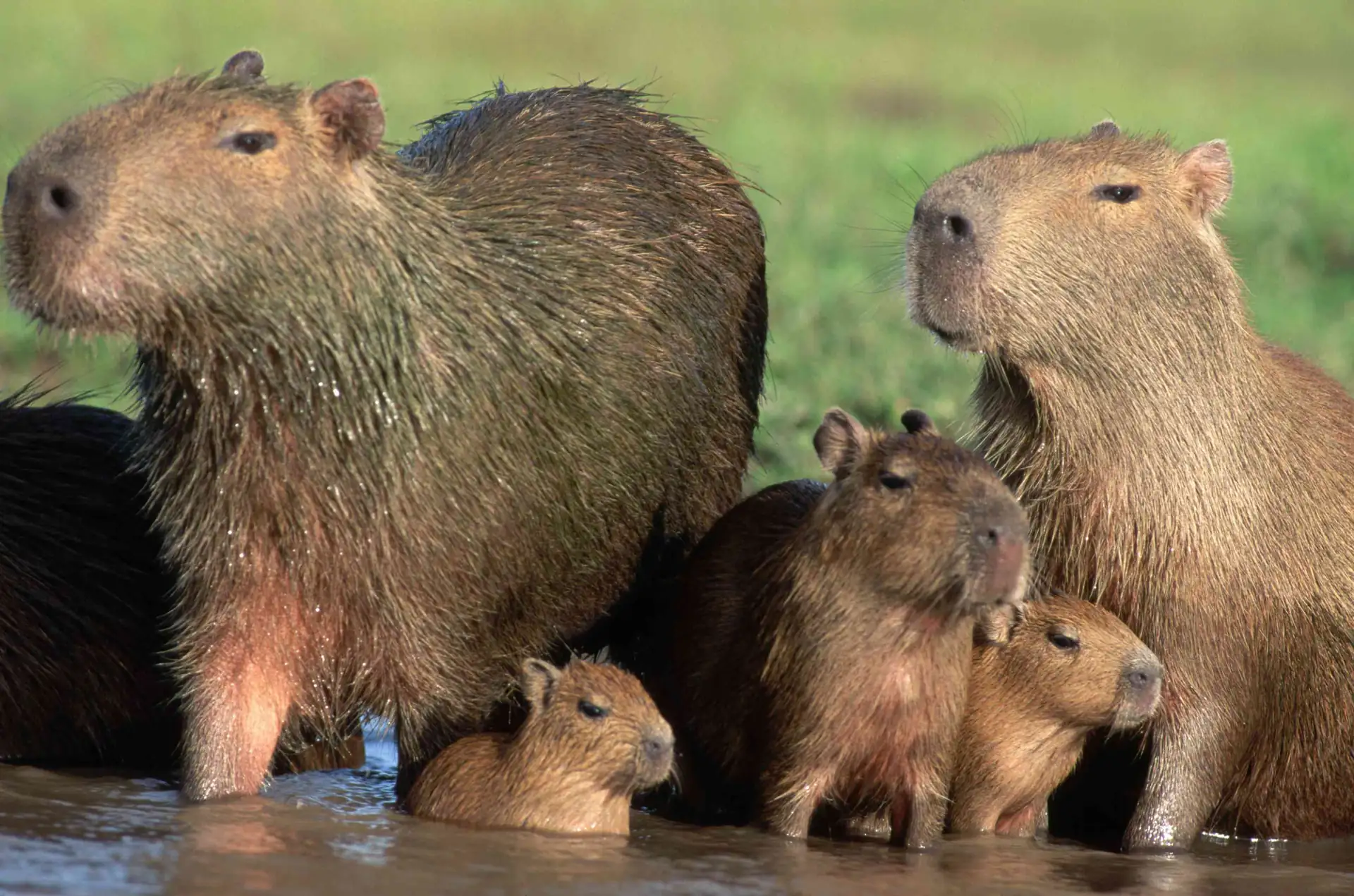
Capybaras are semi-aquatic herbivores that thrive in South America’s wetlands and grasslands. They’re social animals, often seen in groups of 10 to 30, grazing on grasses, aquatic plants, and even fruits.
- Grasses: Their main food source, often consumed in large quantities.
- Aquatic Plants: Capybaras love munching on water hyacinths and other water-based vegetation.
- Bark and Fruits: During dry seasons, they’ll eat tree bark and fallen fruits.
Capybaras are gentle giants, and their diet is entirely plant-based. They’re not predators, and they certainly don’t pose a threat to sloths.
Do Sloths and Capybaras Even Cross Paths?
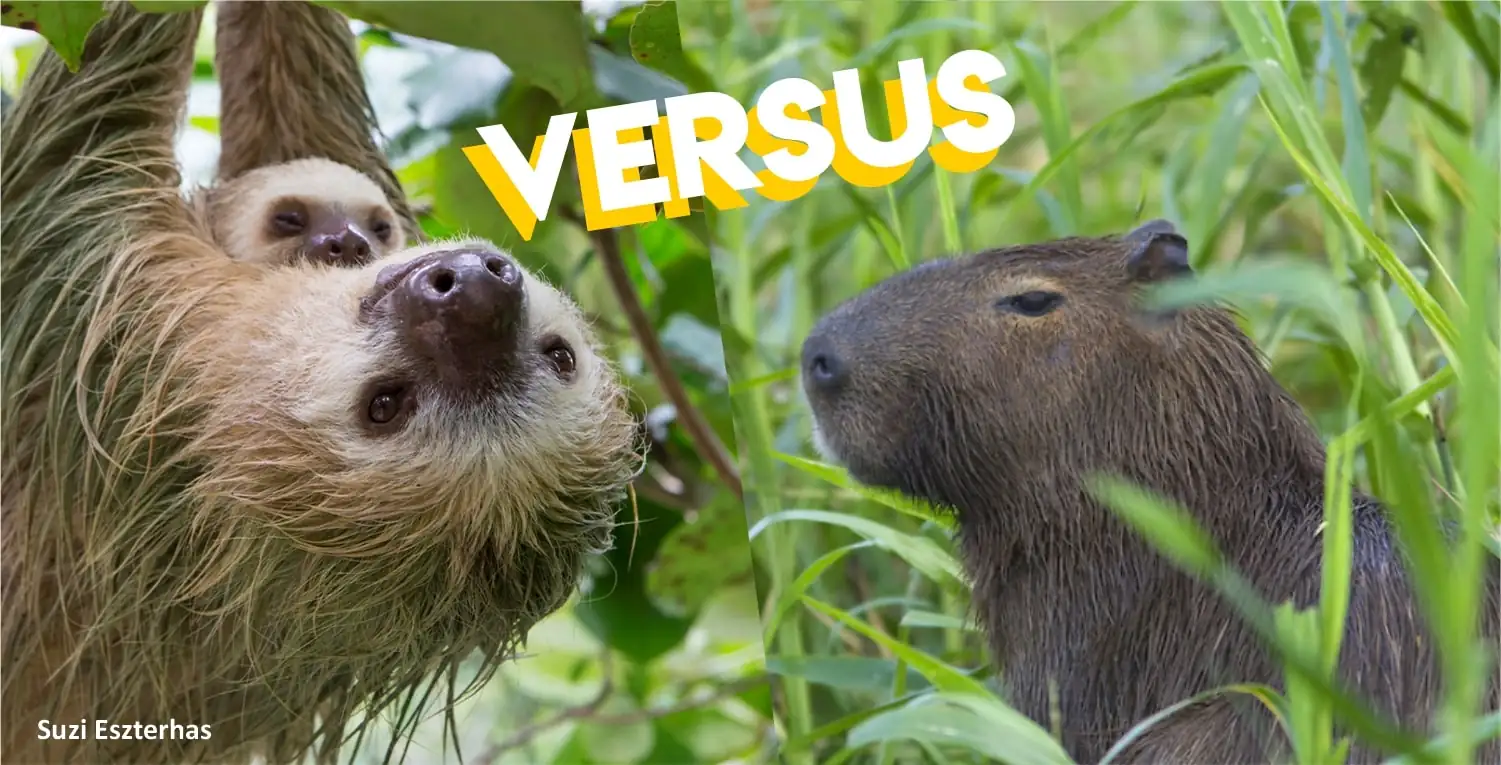
Sloths and capybaras share some common habitats in South America, particularly in tropical rainforests and wetlands. However, their lifestyles are vastly different:
- Sloths: Arboreal creatures that spend most of their time in trees, moving slowly and deliberately.
- Capybaras: Ground-dwelling animals that prefer to stay near water bodies, often grazing in open areas.
While they might occasionally share the same environment, their paths rarely cross in a way that would lead to any interaction, let alone predation.
Why the Confusion?
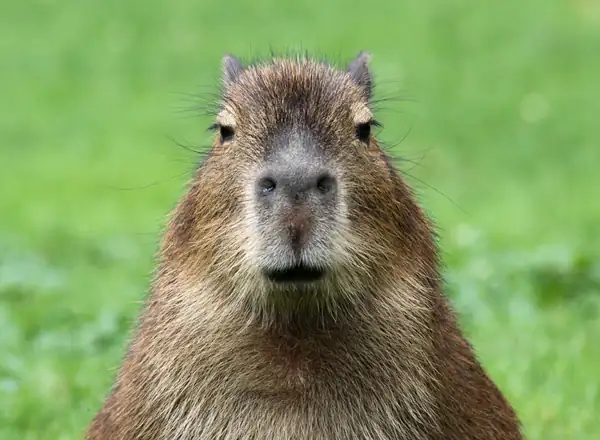
The idea of sloths eating capybaras might stem from a misunderstanding of their roles in the ecosystem. Sloths are prey animals, often targeted by predators like harpy eagles and jaguars. Capybaras, despite their size, are also prey for many predators, including anacondas, caimans, and ocelots.
Neither sloths nor capybaras are predators. In fact, they’re more likely to be on the menu for other animals than to be hunting each other.
Fun Fact: Sloths and Capybaras Have More in Common Than You Think
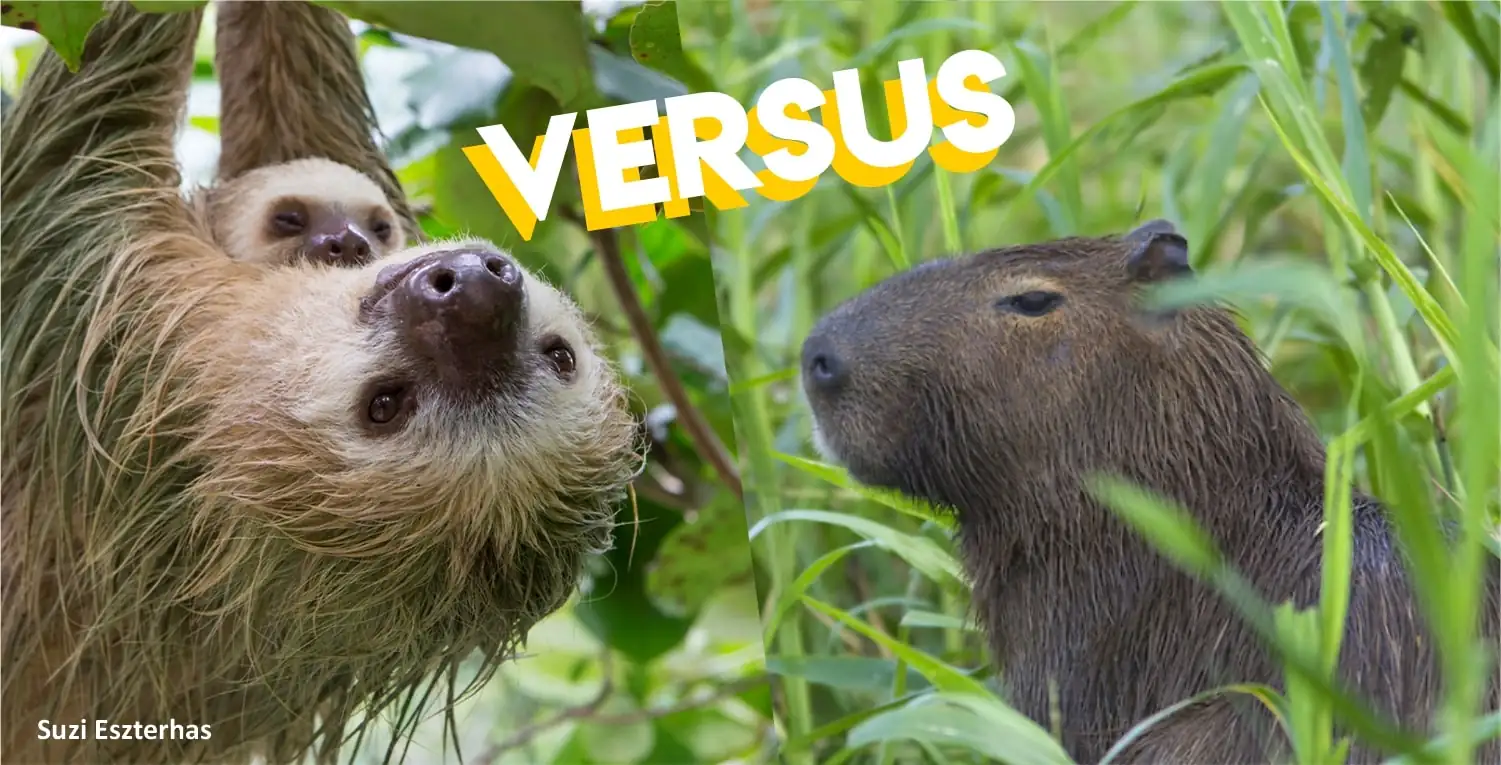
While sloths don’t eat capybaras, these two animals share some interesting similarities:
- Herbivorous Diets: Both are strict herbivores, relying on plants for survival.
- Slow Movements: Sloths are famously slow, but capybaras also have a relaxed, laid-back demeanor.
- Social Behaviors: Capybaras are highly social, while sloths are more solitary—except for mothers and their young.
FAQs About Sloths and Capybaras
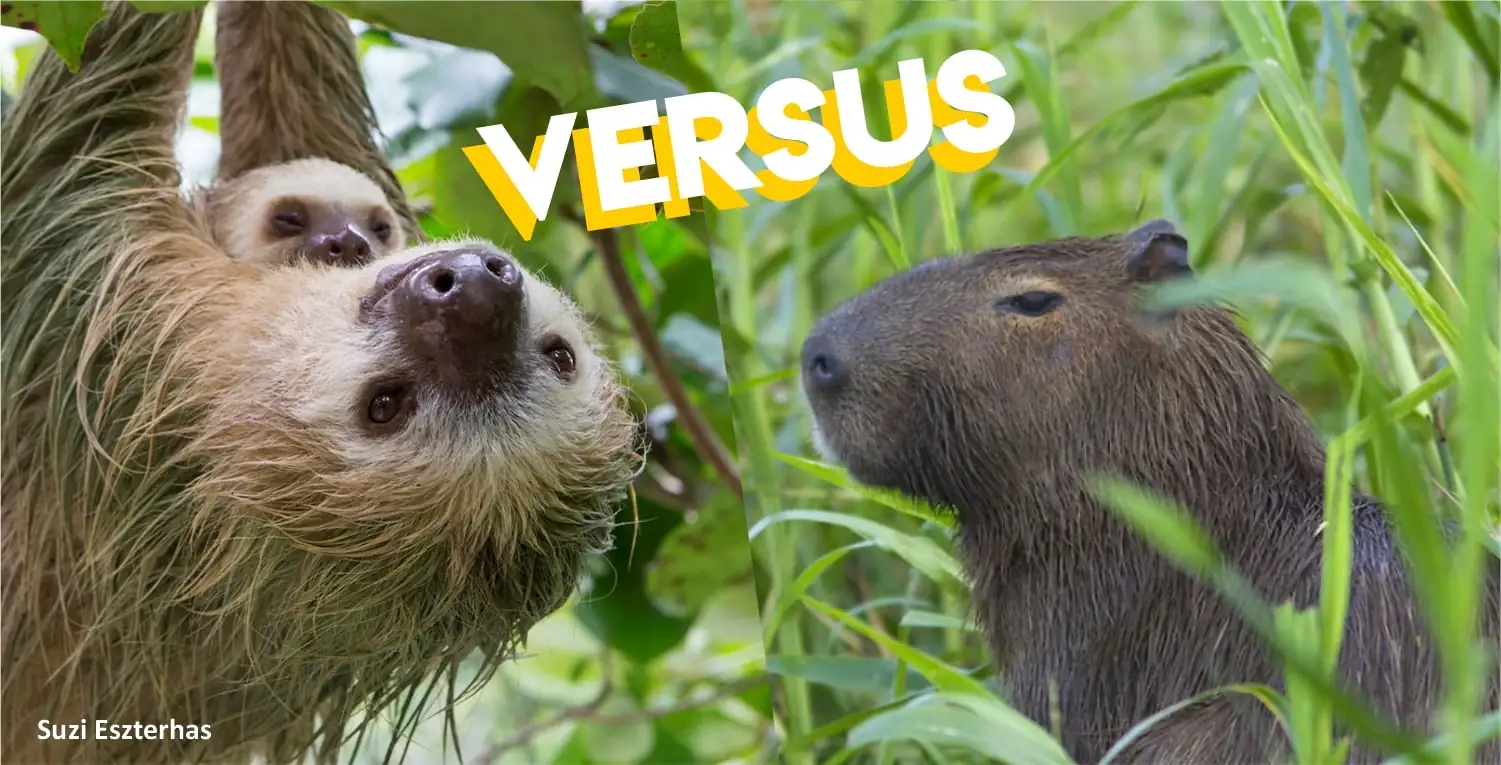
1. Can sloths and capybaras live together?
While they might share the same habitat, sloths and capybaras don’t interact much. Sloths stay in trees, while capybaras prefer the ground near water.
2. What animals eat sloths?
Sloths are preyed upon by harpy eagles, jaguars, and ocelots.
3. What animals eat capybaras?
Capybaras face threats from jaguars, anacondas, caimans, and even harpy eagles.
4. Are sloths and capybaras endangered?
Most sloth species are listed as “Least Concern,” but habitat loss is a growing threat. Capybaras are also classified as “Least Concern,” though overhunting has impacted some populations.
The Bottom Line
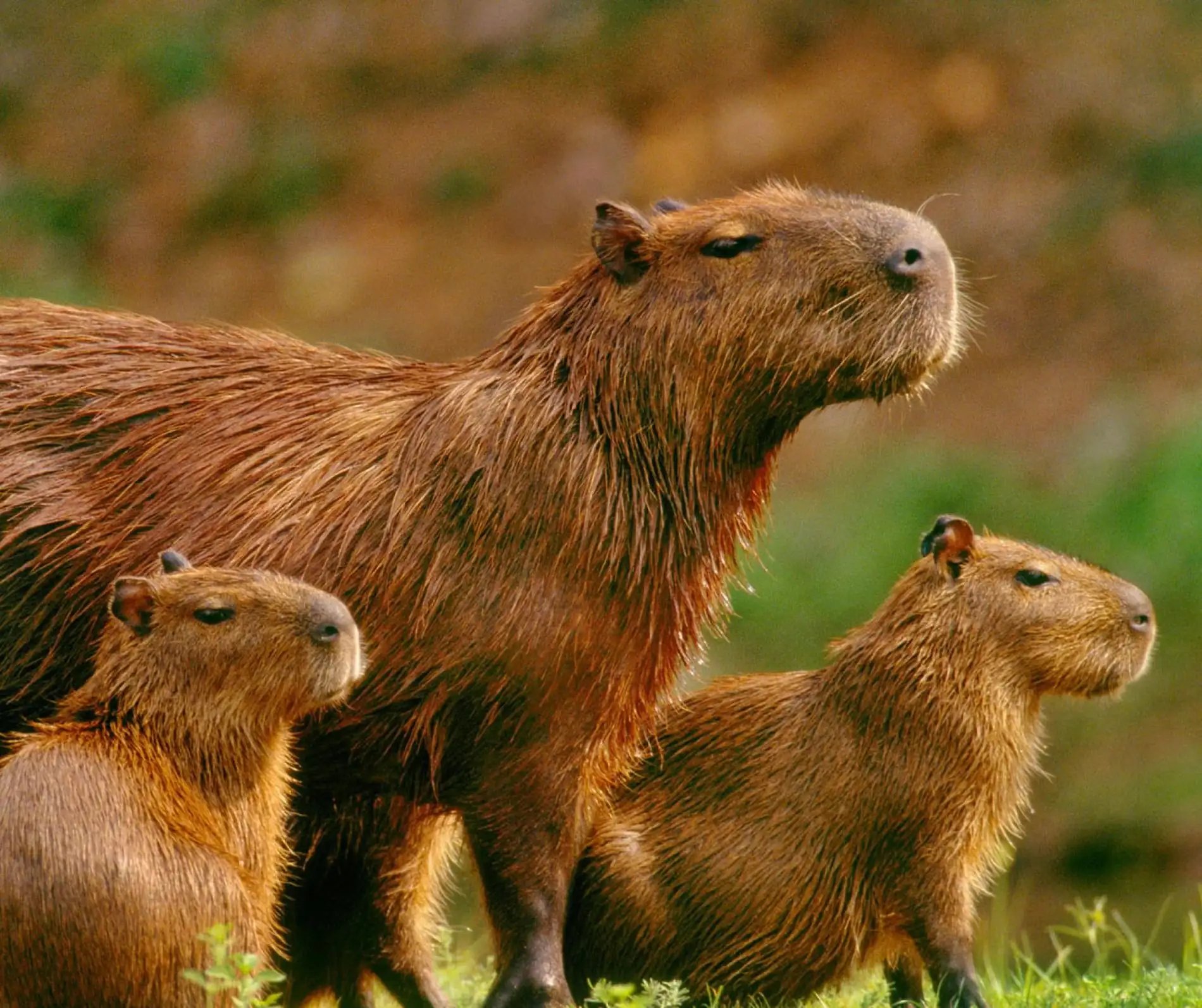
So, do sloths eat capybaras? The answer is a resounding no. Sloths are gentle, leaf-eating creatures that lack the physical ability or dietary preference to hunt capybaras. Similarly, capybaras are peaceful herbivores that pose no threat to sloths.
Both animals play unique roles in their ecosystems, and their coexistence is a testament to the diversity of South America’s wildlife. Next time you see a viral video of a sloth or a capybara, you’ll know exactly why these chill creatures are so beloved.
Final Thoughts
Understanding the diets and behaviors of animals like sloths and capybaras helps us appreciate the delicate balance of nature. While they might not interact directly, their presence enriches the ecosystems they inhabit. So, the next time someone asks, “Do sloths eat capybaras?” you’ll have the perfect answer ready.
Remember, nature is full of surprises, but this isn’t one of them. Sloths and capybaras are here to chill, not to hunt!
